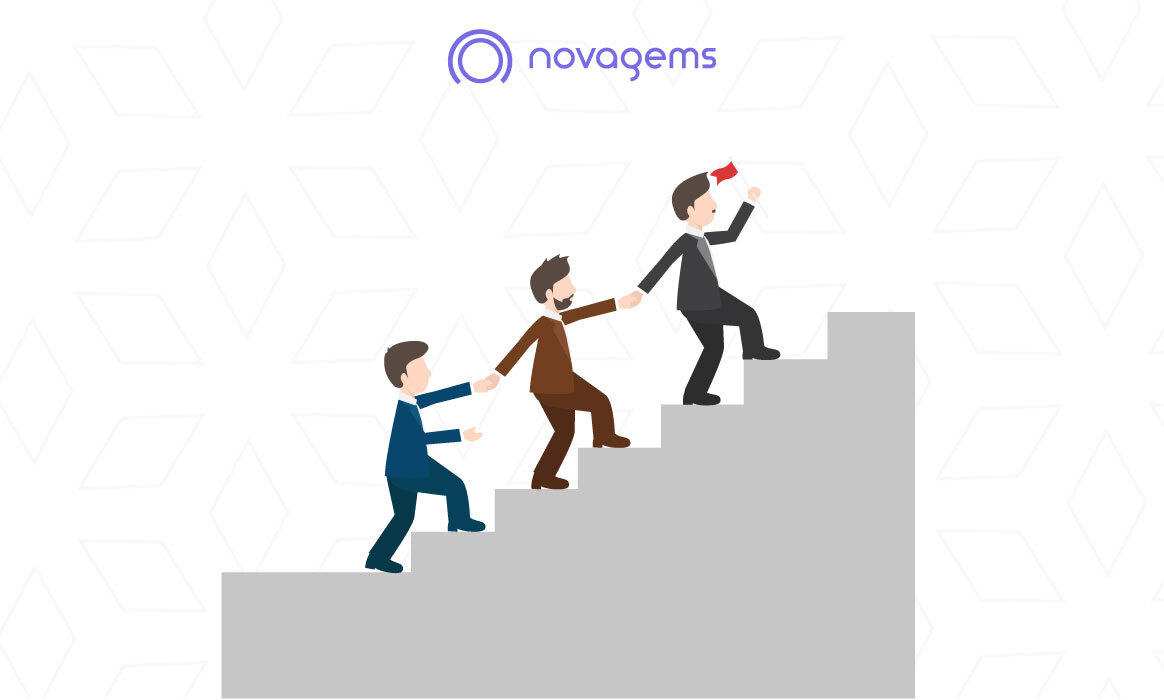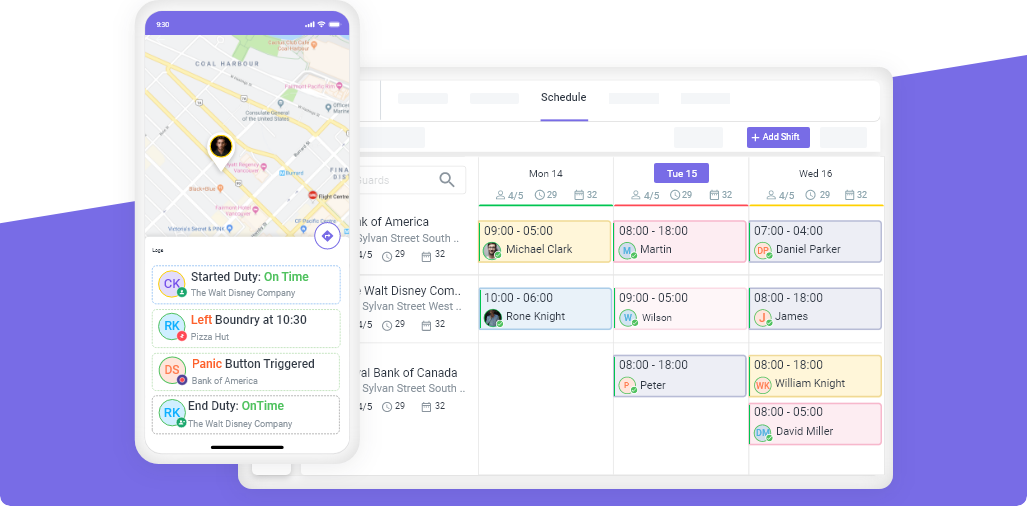Mastering Workforce Management: Step-by-Step Guide for Success
Sun, Jun 4, 2023
Read in 3 minutes
Discover the essential steps in workforce management and streamline your organization's operations. Our comprehensive guide provides a step-by-step approach to workforce management, empowering you to optimize employee scheduling, time tracking, and resource allocation. Learn how to improve productivity, reduce costs, and enhance employee satisfaction. Unlock the potential of efficient workforce management with proven strategies and expert insights. Get started today and transform your workforce into a well-oiled machine.

Steps In Workforce Management: Optimizing Your Human Capital
Workforce management plays a crucial role in the success of any organization. It involves the effective utilization of human capital to meet business objectives, improve productivity, and enhance employee satisfaction. By following a structured approach, businesses can optimize their workforce, ensure adequate staffing levels, and align their workforce with operational needs. In this blog, we will explore the essential steps involved in workforce management and how they contribute to the overall success of an organization.
-
Workforce Planning:
The first step in effective workforce management is workforce planning. It involves analyzing the current workforce, identifying future needs, and aligning the workforce strategy with organizational goals. By forecasting demand, assessing skills and competencies, and identifying potential gaps, businesses can ensure they have the right talent in place to meet their objectives. Workforce planning also includes contingency planning for unexpected events or changes in business requirements.
-
Recruitment and Selection:
Once the workforce needs are identified, the next step is recruitment and selection. This involves attracting, sourcing, and selecting qualified candidates who fit the organization’s culture and possess the necessary skills and competencies. Recruitment strategies, job postings, screening resumes, conducting interviews, and background checks are part of this process. Selecting the right individuals ensures that the organization has a talented and diverse workforce.
-
Onboarding and Training:
After selecting new employees, onboarding and training are essential for their successful integration into the organization. Onboarding includes introducing employees to the company culture, values, policies, and procedures. Training focuses on equipping employees with the knowledge, skills, and tools they need to perform their jobs effectively. Effective onboarding and training programs contribute to employee engagement, reduce turnover, and accelerate productivity.
-
Scheduling and Time Management:
Scheduling and time management are crucial aspects of workforce management. Efficient scheduling involves creating and managing employee schedules to ensure adequate coverage and optimal utilization of resources. This includes assigning shifts, managing time-off requests, and considering factors such as employee preferences, skill requirements, and labor laws. Effective time management tools and systems help track employee attendance, breaks, and productivity, ensuring accurate payroll processing.
-
Performance Management:
Performance management involves monitoring and evaluating employee performance to drive continuous improvement. It includes setting performance goals, providing feedback, conducting performance appraisals, and implementing performance improvement plans. Regular performance discussions and coaching sessions help employees understand expectations, identify development areas, and align their performance with organizational goals. Performance management fosters accountability, motivates employees, and supports professional growth.
-
Employee Engagement and Development:
Engaging and developing employees is crucial for workforce management. Employee engagement initiatives, such as recognition programs, team-building activities, and opportunities for feedback, foster a positive work environment. Professional development and career growth opportunities enhance employee skills, knowledge, and job satisfaction. Engaged and developed employees are more likely to be productive, committed, and loyal to the organization.
-
Data Analysis and Reporting:
Data analysis and reporting provide insights into workforce performance, trends, and opportunities for improvement. Gathering and analyzing workforce data, such as turnover rates, employee satisfaction surveys, and productivity metrics, help identify areas for optimization. With data-driven insights, organizations can make informed decisions regarding workforce planning, resource allocation, and strategic initiatives.
Conclusion
Effective workforce management is a strategic approach that maximizes the potential of human capital within an organization. By following the steps outlined in this blog, businesses can align their workforce with their goals, improve productivity, enhance employee satisfaction, and drive overall success. Incorporating these steps into your workforce management strategy will enable your organization to make the most of its human capital and thrive in today’s
Get a Free Trial
Sign up For Newsletter
Latest Blog Posts
Get Started
Start being productive & grow your business
with Novagems




